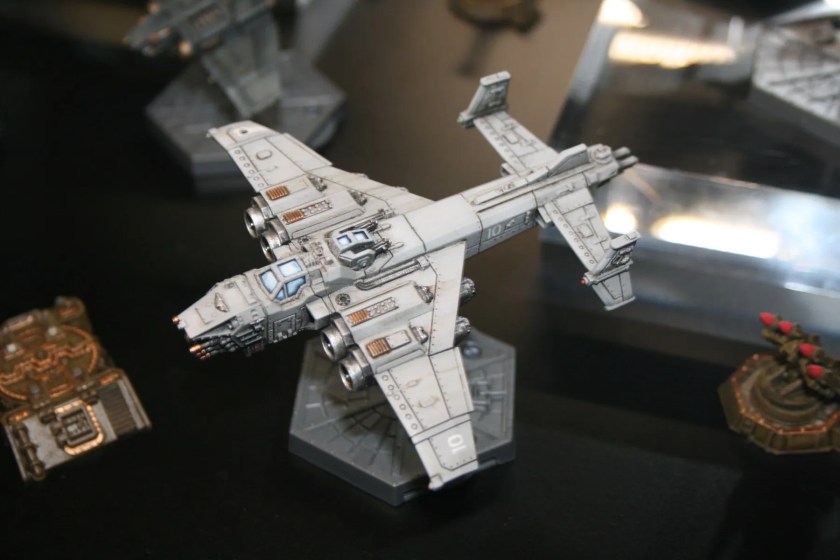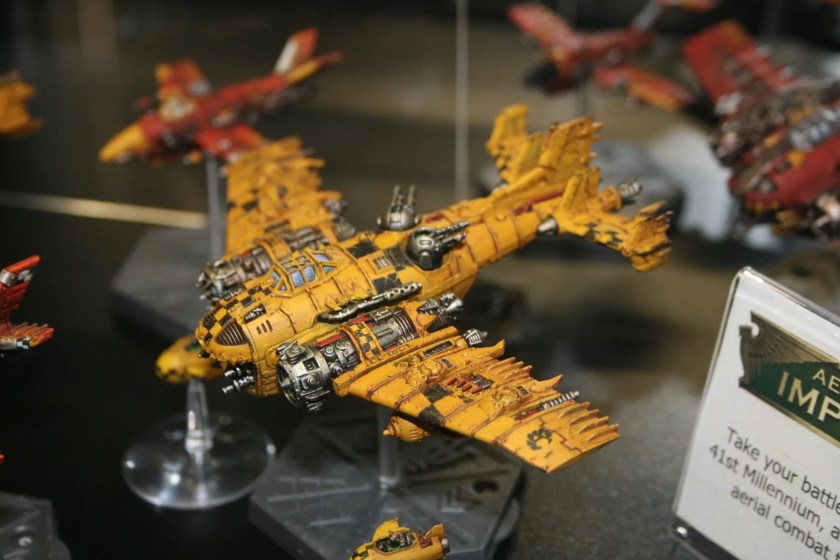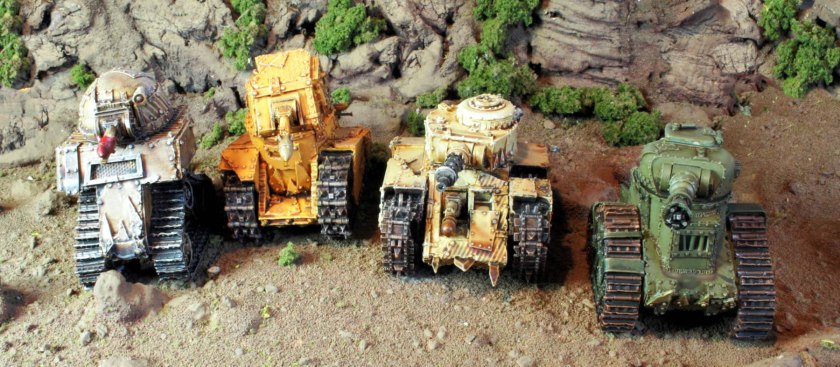The Handley Page Victor is a British jet-powered strategic bomber which was developed and produced by Handley Page, and which served during the Cold War. It was the third and final V bomber to be operated by the Royal Air Force (RAF), the other two being the Avro Vulcan and the Vickers Valiant. The Victor had been developed as part of the United Kingdom’s airborne nuclear deterrent. It was retired from the nuclear mission in 1968, following the discovery of fatigue cracks which had been exacerbated by the RAF’s adoption of a low-altitude flight profile to avoid interception.
Handley Page Victor XH648 is being restored at Duxford.

Victor XH648 was originally built as a B1 model. Its first flight was on 27 November 1959 and it was delivered to No.57 Squadron at Honington on 21 December that year.
In October 1960, it returned to Handley Page at Radlett, Hertfordshire for conversion to a B1A status. This involved equipping it with new electronic countermeasure equipment, improved radio and radar equipment and changing the engines to Sapphire Mark 20701s.
Following conversion and test flights, XH648 was delivered to RAF Cottesmore on 11 May 1961 to join No.15 Squadron. Flown as part of the Far East Air Force during the confrontation with Indonesia in 1962-63. On return from Indonesia, XH648 remained with 15 Squadron until it was delivered back to RAF Honington to join 55 Squadron on 3 April 1964.
Less than a year later, in 1965, it was converted by Handley Page into a two-point tanker, making it a B (K) IA model. This involved the fitting of Mark 20B refueling pods under each wing. It then returned to 55 Squadron, who shortly afterwards moved to RAF Marham, where XH648 resided for the next ten years.
On 23 June1975, Victor XH648 was transferred to 57 Squadron, also based at RAF Marham, where it supported the Squadron’s final year as a Mark I tanker squadron. It was retired to Duxford on 2 June 1976.






















